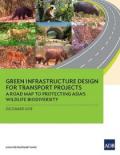
This report discusses the impacts of transport projects on wildlife and biodiversity in Asia, and how to address them by integrating road ecology principles and green infrastructure measures—from environmentally sensitive road design to animal passage structures and management guidelines—to reduce transport project impacts on wildlife.
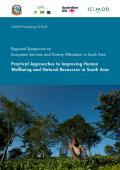
A ‘Regional Symposium on Ecosystem Services for Poverty Alleviation’ was held on 13–14 March 2018 in Kathmandu. The symposium highlighted the critical role of ecosystem interactions across spatial scales in delivering services, particularly to the poor who are highly dependent on natural resources. It further showcased potential ecosystem services governance pathways to achieving wellbeing for the poorest, and environmental sustainability through research and knowledge programmes in South Asia.
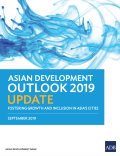
Growth in developing Asia is moderating but remains robust. As global trade slows and investment weakens, regional growth forecasts are trimmed from Asian Development Outlook 2019 by 0.3 percentage points for 2019 and by 0.1 points for 2020 compared to April forecasts. Developing Asia is also urbanising rapidly, promising job creation and economic growth. As cities expand over municipal boundaries and become more connected with one another through flows of goods, services, and people, better planning coordination is needed at all levels of government. Realising their promise requires a holistic agenda for cities.
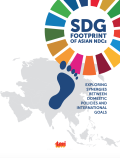
This report explores the linkages of Nationally Determined Contributions (NDCs) and the Sustainable Development Goals (SDGs) and captures if these linkages are evident in countries’ NDCs. It offers the first essential step in further strengthening institutional linkages at multiple governance levels for achieving SDGs and NDCs simultaneously and efficiently.
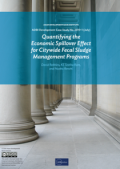
This report introduces a model describing the full financial realities of fecal sludge management (FSM) projects; a methodology for quantifying the costs, direct effects, and economic spillover effects; and a toolkit to calculate their net present values and the overall program’s internal rates of return. This is demonstrated in the report through two citywide FSM programs in the Philippines. In both programs, economic spillover effects include improved tax revenues, property values, and health outcomes, and the present values of the direct effects and economic spillover effects exceed the original capital expenditure. This implies that when the policy makers set user charges to cover the recurrent costs such as operation and periodic maintenance, the FSM programs would be sustainable.
